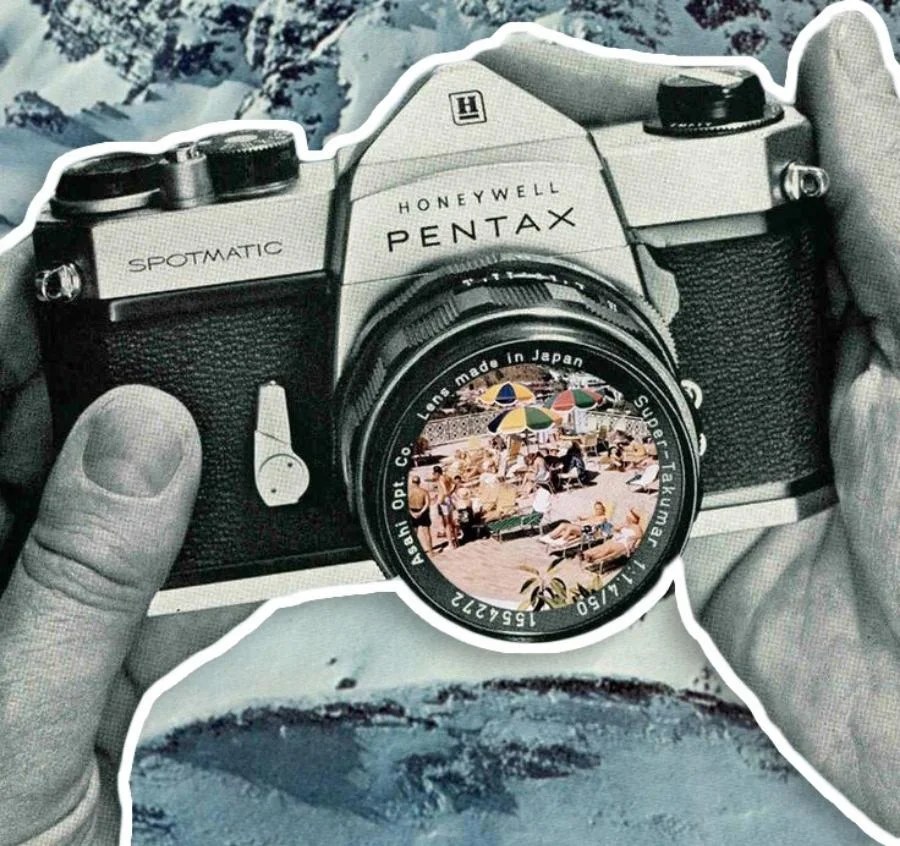Film is still alive in the world of digital

Just like vinyl, typewriters, and other vintage items, the film is making a comeback among photography buffs. Yes, DSLRs and smartphones may satisfy our visual eye, but there is a certain charm that comes with using film cameras. Its distinct quality, not to mention the journey of developing prints, possesses out-of-the-box artistry that digital cameras try to replicate.
If you plan to go analog or are simply curious why #filmisnotdead is a social media trend, you’ll pick up some fascinating insights here. Take a look at what’s driving this 21st-century film photography renaissance.
Film has a timeless, authentic appeal
You might remember those popular film-inspired filters on Instagram way back in 2010. You also had tried taking a selfie with the polaroid effect called Nashville, right? Since then, everyone loved the idea of applying dreamy vintage effects to their own digital photos. This just proves how film continues to influence our general perception of photography.
Even until now, you can find the film grain aspirational look on photo-editing applications like VSCO and Photoshop. You can also discover a plethora of YouTube tutorials on how to make your photos look more “old-fashioned.” However, all these apps, tutorials, and filters still can’t match the authenticity of film.

From a silky soft feel to a rough, sandpaper-like quality, you can be able to capture so many textures with film. The grain is better, and its colors have so much clarity that people will believe they can physically touch them. Indeed, you can’t simply chalk nostalgia up.
Being hands-on is a rule of thumb!
Digital cameras are so precise, even a beginner can’t make any mistakes. Just set it to auto mode, press the shutter button, and voila! You have a crystal-clear image. You can even use grid lines in case you’re struggling to find a composition. See? These modern features make the process of taking photos much simpler than ever before.
This is not the case with film photography, though. You can’t simply select auto mode on a fully manual analog camera, so you’ll have to learn how to operate each knob, button, and lever. You’ll also need a great deal of patience to properly utilize its manual light meter. Thus, shooting on film forces you to become hands-on all the time.

In a world where most people’s attention spans are quite short, taking the effort to shoot film should be recognized as a valued art form. Not only does it compel you to focus on the process, but it also unleashes the creativity in you.
You never know what to expect from film
Here’s the most thrilling part! Photographers may manipulate the holy trinity of exposure (ISO, aperture, and shutter speed), but they can’t check their works right away. They never know whether their photos would have turned out great or not. You may think this sounds like bad news, but no, this is actually the essential concept in film photography.
Know that you can also produce badly exposed photos, double exposures, light leaks, and other “accidents” when shooting on film. However, these accidents (or shall we call “happy accidents”) can surprisingly create beautiful works of art. Even some photographers are so captivated with it that they rather seek out these otherwise undesirable film effects.

Sometimes, your camera will send you a wild card exactly when you need it. Lens flares, vignettes, and film burns turn unremarkable shots into something extraordinary. Plus, the occasional “first roll” feels like an unexpected bonus. Film photography is meant to be enjoyed!
Developing your own film is like free therapy
Have you seen a movie where someone stands in the darkroom with only a red light on, watching a print develop right before their eyes? Well, you can also achieve this magical process once you shoot on film. For most photographers, looking at the negatives and taking the time to make prints is therapeutic. It is something that can’t be matched by digital photography.
The art of photo processing that takes place in the darkroom is akin to alchemy. For instance, you can crop and adjust the exposure and contrast levels of your photographs exactly like you do in Photoshop. You can even apply other effects such as dodge and burn. One big difference? Instead of using a mouse, you do it with your own hands.

Wouldn’t it be more precious if you create your own photos rather than relying on the printer? You’ll know that working in the darkroom is the most satisfying experience as you immerse yourself in the process. Nothing can compare to witnessing the beauty of film photography.
It has been a long time since everyone talked about film photography, but the fact that people still talk about it even to this day is uplifting. Film has never truly died and will continue to stay. So, get yourself an analog camera and a couple of film rolls, and start shooting. Have fun!
Alyssa Ross Jorta is a rare and unknown celestial being that believes in the beauty of everything. She sees beauty and happiness in the most trivial things, whether from the sweet aroma of coffee or from a warm embrace of her blanket– and as much as possible, she wants to capture those moments to remember them timelessly.











